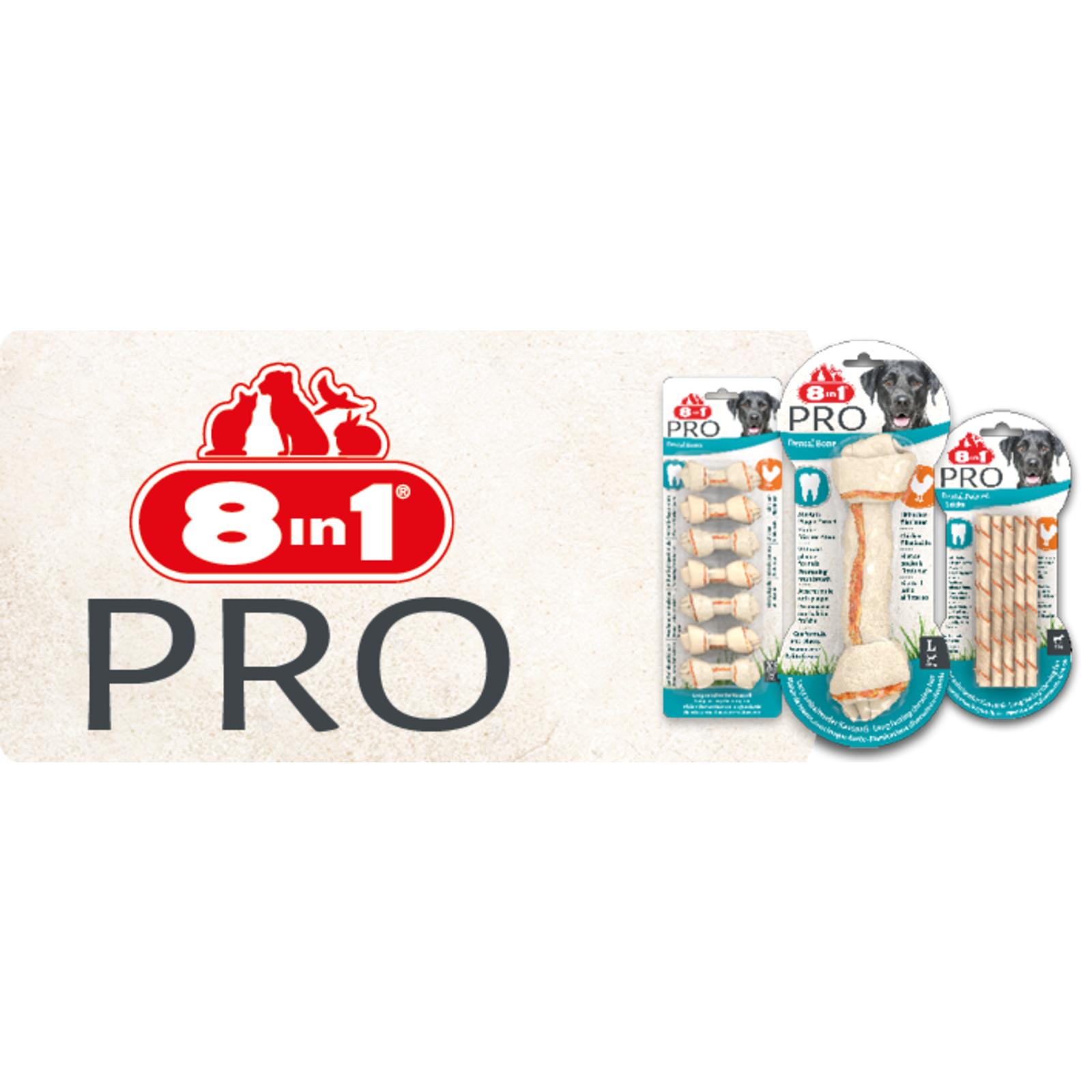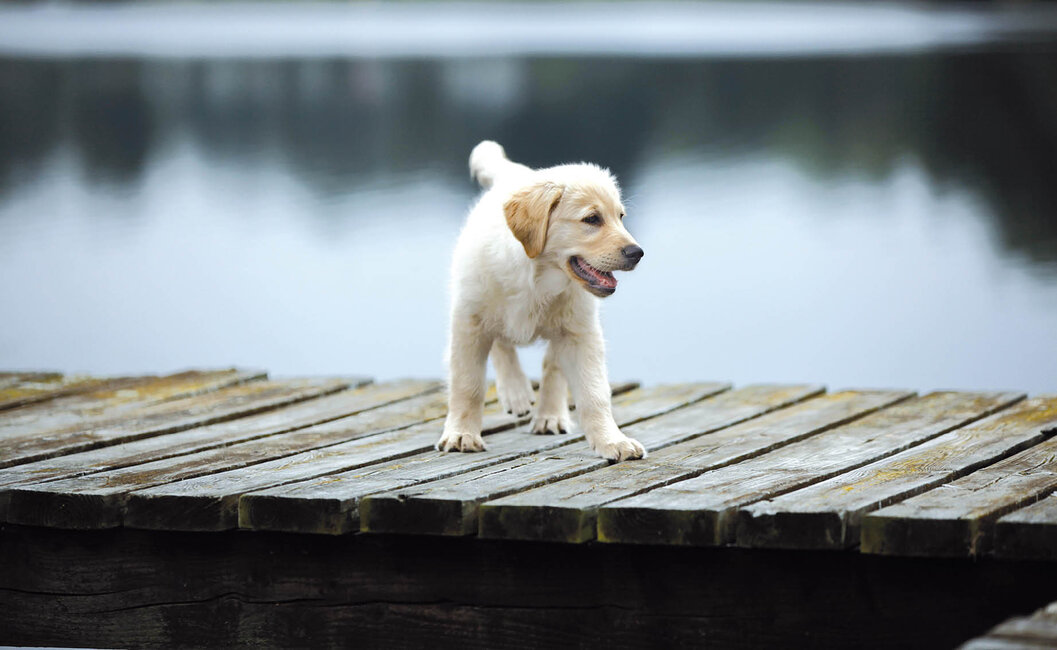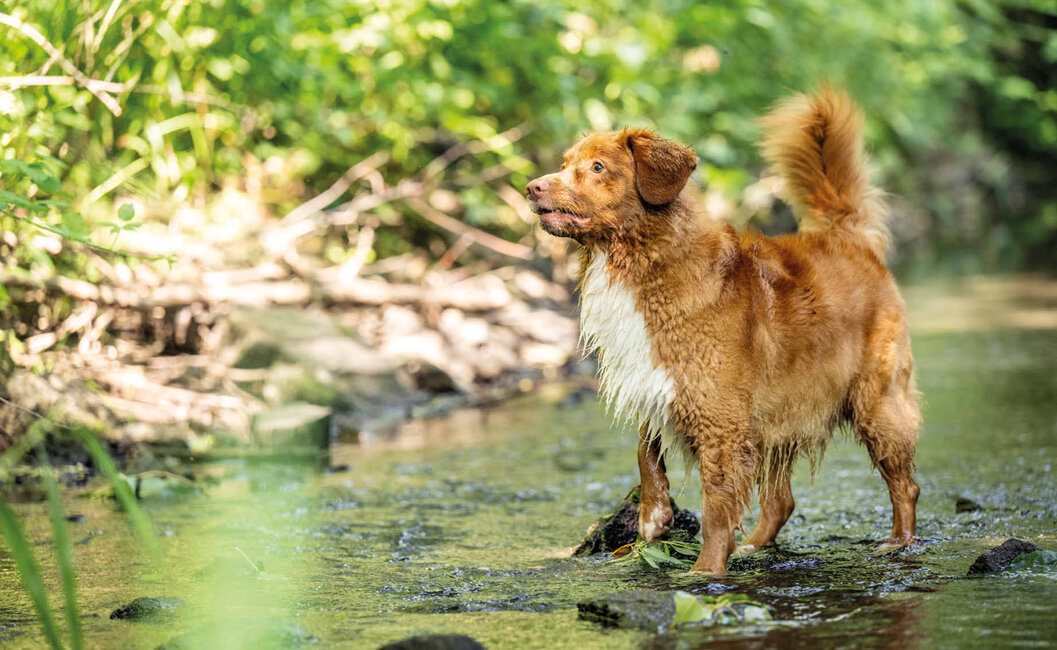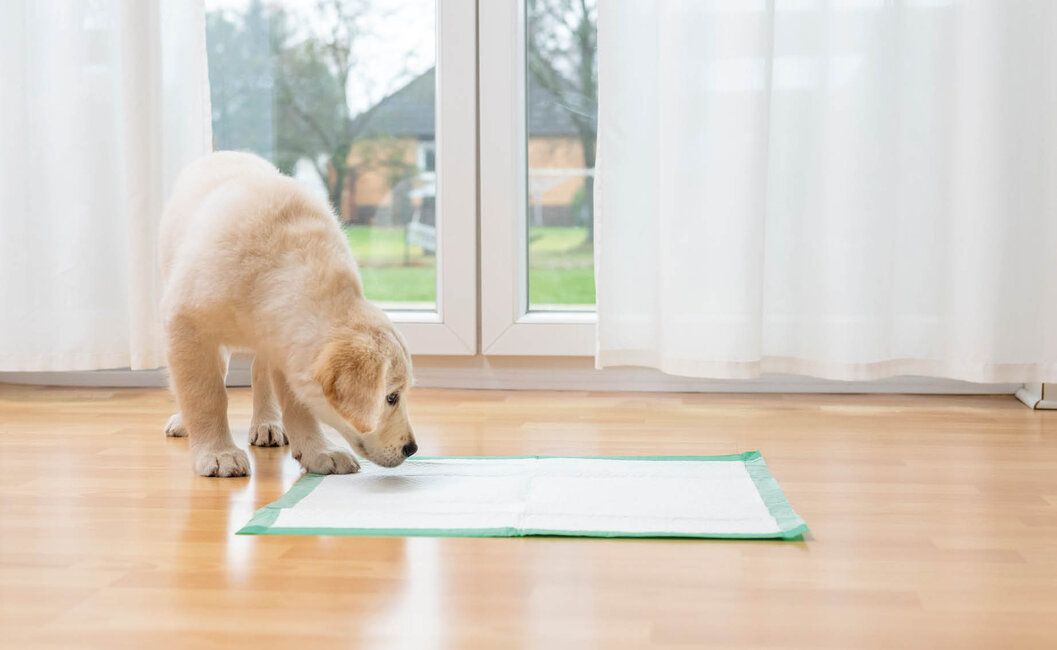


Praise and criticism
The use of reprimand and praise in particular is an essential part of your dog’s education. For this reason, you must be acutely aware of how and when you use these, and you must also give your dog the opportunity to recognize why you are praising or reprimanding him; this means that you should praise or reprimand your dog only directly as he is performing an action or immediately thereafter.

There is no point in scolding your dog for bad behavior only after the act, for he will then no longer be able to associate anything with that reprimand and will not know what he has done wrong. For example, if your dog does not come straightaway when you call him, then on no account should you reprimand him if he eventually does come, otherwise he will associate the reprimand with the fact that he came. On the other hand, if he does something that you do not like and you catch him doing it, then you should reprimand him in a low, firm tone of voice. If that does not work, in addition to reprimanding him, you can also use noises that your dog finds unpleasant and which will discourage him from the undesirable behaviour. You must also be consistent with your use of praise.
Praise your dog only when he performs an action correctly and not when he has merely hinted at it. When you give praise, raise the pitch of your voice, but still speak to your dog in a soft and pleasant tone. Be resourceful when you praise – you can use anything that your dog likes and enjoys, such as giving him treats, playing ball, ruffling his fur and stroking him.

















